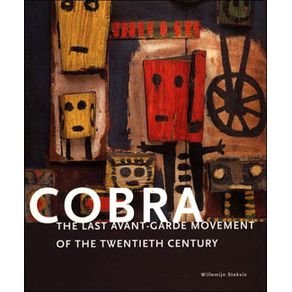The radical post-war Cobra group of artists and poets (1948-51) took their name from the three cities where the main participants lived: Copenhagen, Brussels and Amsterdam. The group included some of the most important European artists of the second half of the twentieth century - Pierre Alechinsky, Karel Appel, Constant, Asger Jorn and Carl-Henning Pedersen - who collaborated in a search for a universal artistic language. Inspired by the creative impulse which they found in the art of so-called primitives, of children and of the insane, the group made idealistic, Marxist-inspired plans for a future in which a new folk art would be created. Cobra is the first detailed survey of the movement in English and provides a fascinating picture of this vibrant group of artists. Willemijn Stokvis reveals the different impact which Cobra had in Belgium, Denmark and Holland, and places the movement within the wider context of twentieth-century art, showing how it emerged from Surrealism and Expressionism and found a continuation in the politically engaged artistic movements of the 1950s and 1960s. The book reproduces an impressive selection of art work by Cobra artists in colour alongside black-and-white photographs of key archival material, and provides an essential introduction to this accessible and popular art.



